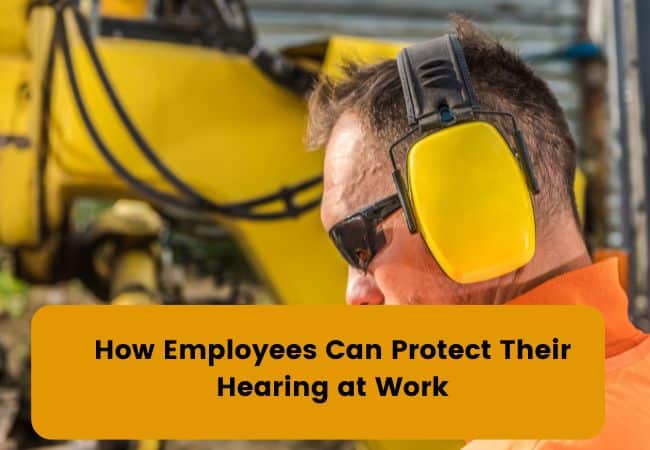Recognizing the Risks of Workplace Noise
Many workplaces expose employees to persistent noise, whether it’s heavy machinery, bustling production lines, or loud tools. Prolonged exposure can gradually harm hearing and reduce overall quality of life. By understanding potential risks and taking proactive steps, workers can preserve their hearing health and continue performing their duties comfortably.
Choosing the Right Protective Equipment
One of the first steps employees can take is to use appropriate hearing protection equipment. Earplugs or earmuffs designed for occupational noise can significantly reduce the impact of loud environments. Employers often have guidelines or recommendations about which type of protection best suits a specific task, making it easier for workers to choose suitable gear.
Adjusting Exposure and Work Patterns
Limiting time spent in noisy areas also helps. Employees might request shift rotations that reduce the duration of exposure or take breaks in quieter spaces when possible. Even brief intervals of lower noise levels allow the ears to recover and minimize long-term damage.
Maintaining Tools and Communication
Regular maintenance of machinery and tools can indirectly shield hearing as well. Well-lubricated equipment produces less noise, and modernizing older machines can often reduce decibel levels. Encouraging open communication between workers and management about workplace noise levels fosters a safer environment and prompts timely adjustments or upgrades.
Monitoring Hearing Health Over Time
Having regular hearing evaluations is another valuable precaution. By scheduling periodic screenings, employees can monitor their hearing health over time. Early detection of any changes helps them address potential issues before they worsen, possibly through more attentive use of hearing protection or adjustments in daily work habits.
Prioritizing Well-Being and Job Satisfaction
Encouraging these practices not only benefits employees’ health, but it can also boost job satisfaction and productivity. When team members feel confident that their well-being is prioritized, they’re more likely to remain engaged and committed. By implementing practical measures, communicating concerns, and seeking professional guidance, employees can take meaningful steps toward safeguarding their hearing at work.



